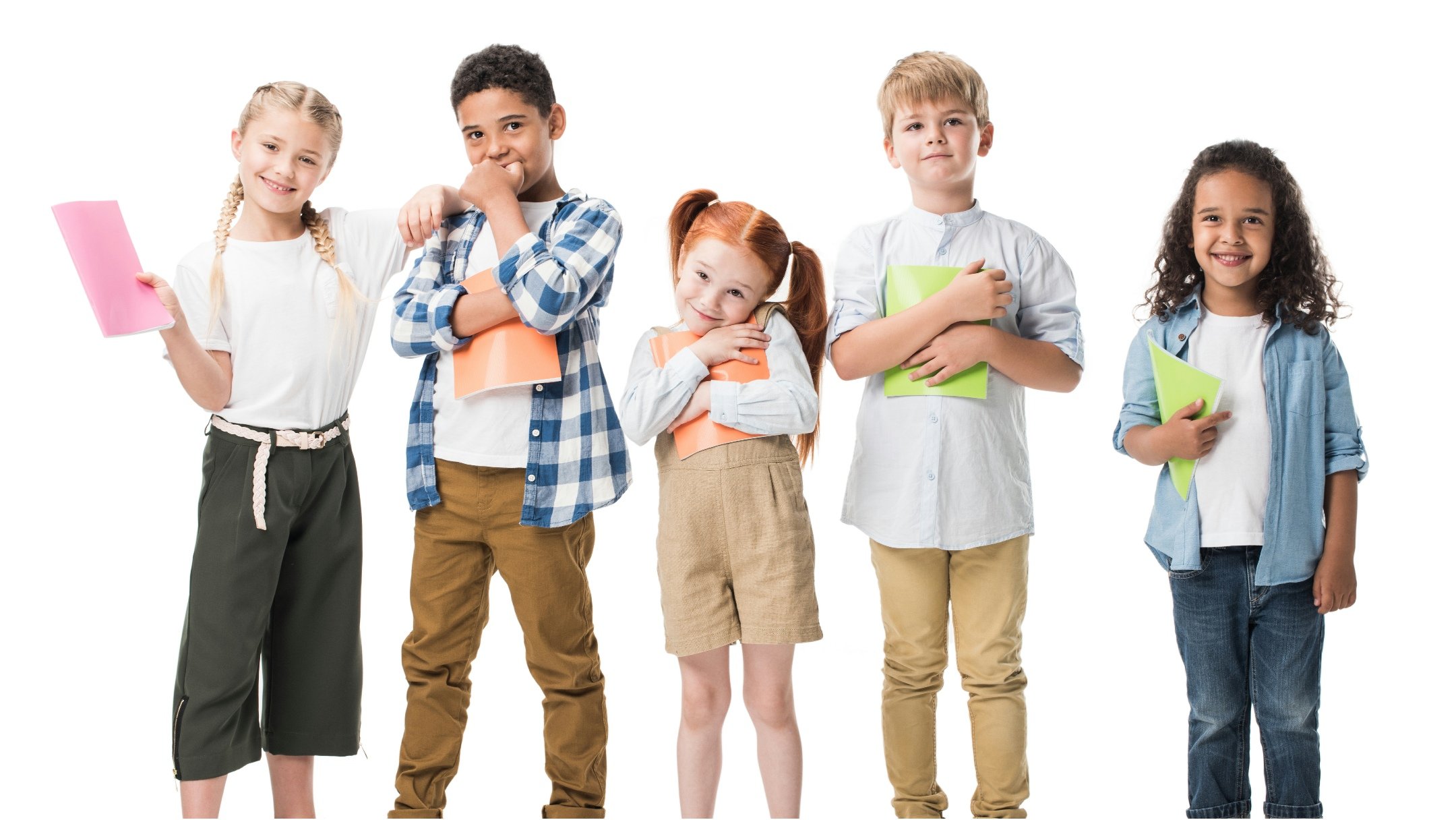The Proper Use of Toys
In today's fast-paced and consumer-driven society, the idea that more is better has permeated the sanctity of childhood play. A simpler approach to playtime, emphasizing quality over quantity, is available and will benefit your little one in the long term. This post opens the conversation about the multifaceted benefits of toys for children, identifies two timeless toys that promise years of enjoyment, and explores some common challenges.
The Benefits of Toys in Child Development
Toys are not merely tools for entertainment; they can be necessary instruments for achieving developmental milestones. They encourage the development of physical skills, cognitive thinking, social interaction, and emotional growth. Here are some benefits toys can provide:
Enhance Motor Skills: Playing with toys improves both fine motor skills, like picking up small objects, and gross motor skills, such as crawling, climbing, or jumping.
Promote Cognitive Development: Toys stimulate cognitive development by encouraging problem-solving, memory retention, and understanding cause and effect.
Language Skills: Interaction with toys and others during playtime enhances language acquisition and communication skills.
Support Emotional and Social Development: Toys provide opportunities for children to express their emotions, understand others' feelings, and develop the foundation for empathy.
Two Essential Types Of Toys
In a sea of endless toy options, the following two stand out for their versatility, durability, and ability to engage children over many years, often even into adulthood:
1) Building Blocks: LEGOS
Benefits: Building blocks are unparalleled in their ability to exude creativity, spatial awareness, problem-solving skills, and fine motor development.
Creative Uses: Besides constructing towers or houses, children can use blocks to create intricate mazes or vehicles or even as props in storytelling.
2) Art Supplies: Pens, Brushes, Crayons
Benefits: A collection of art supplies such as crayons, markers, paints, and paper can ignite a child's imagination and creativity while enhancing fine motor skills and emotional expression.
Creative Uses: These supplies can be used to make custom storybooks, as well as to draw and paint. These types of artistic expression follow us well into our golden years.
Maximizing the Use of Creative Toys
To truly reap the benefits of these versatile toys, consider the following strategies:
Encourage Open-Ended Play: Provide opportunities for your child to use these toys in unstructured play. Allow them to explore their interests first, then guide them when they need a new challenge.
Play Together: Playing with your child strengthens your bond. This is an opportunity to model imaginative play and problem-solving skills. Be sure to play at their level, and don't create DaVinci-level works of science that would be difficult to model. It’s okay to inspire them toward the next level of understanding, provided you start where they are at, and leave them feeling excited about learning.
Rotate Toys: If your child has a whole stable of toys, periodically rotate them out to make old toys feel new and exciting again. It’s not necessary to keep buying new toys, when you find the right timing to reintroduce old toys that have been on “vacation.”
Incorporate Educational Concepts: Use toys to introduce and practice educational concepts such as counting, colors, shapes, and fundamental physics.
The Hidden Cost of Toy Overload
As parents, we want to put a smile on our child's face and be the source of that happiness, and giving a toy is an easy way to do this. However, excessive toys can paradoxically impede the development and happiness that they're meant to enhance. Here are some of the pitfalls of too many toys.
1) Over Stimulation
An environment overflowing with toys can lead to sensory overload, making it difficult for children to focus on any one item long enough to learn from it fully. This over stimulation can interrupt cognitive development.
2) Diminished Creativity and Imagination
When children are presented with toys that serve “very specific” functions and leave little to the imagination, their ability to create, innovate, and use their imaginations can be stifled. A cluttered space filled with toys limits the necessity for imaginative play, a skill that can be crucial for developing creative problem-solving skills. Why would your child make something creative if it’s already sitting right before them as a premanufactured multimedia experience?
3) Interference with Social Skills
A surplus of toys can sometimes ironically lead to more solitary playtime, and can contribute to chaos. Having too many options can make it hard for children to choose a joint activity and stick with it. Some children can have a difficult time making up their mind. Too many toys may also reduce opportunities to share and negotiate during group play.
4) Reduced Attention Span
With too many choices, children can develop a habit of flitting from one toy to the next without fully engaging with or exploring any "single" toy's potential. This behavior can translate into a reduced attention span and decreased perseverance; traits that are detrimental to learning and academic success.
5) Sense of Entitlement
An abundance of toys can inadvertently teach children to expect new possessions without appreciating them. This sense of entitlement can diminish the value placed on possessions and the effort required to obtain them.
Model Gratitude and Mindfulness
Teach children to appreciate what they have by expressing gratitude for the toys they own and taking care of them. Encourage giving and sharing with others as a way to understand the value of their possessions. The condition “spoiled child” is preventable, and can be avoided by paying attention to the hidden messages we as parents or loving adults promote with excessive gifting.
While it's natural to want to give children every opportunity to play, inundating them with toys is not the answer. A carefully curated selection of toys, combined with opportunities for imaginative play, social interaction, and appreciation of simple pleasures, can provide children with a more balanced and enriching environment.
Kimberley Arnett-DeSimone, a career pediatric occupational therapist in Huntersville, North Carolina, authored this post.




